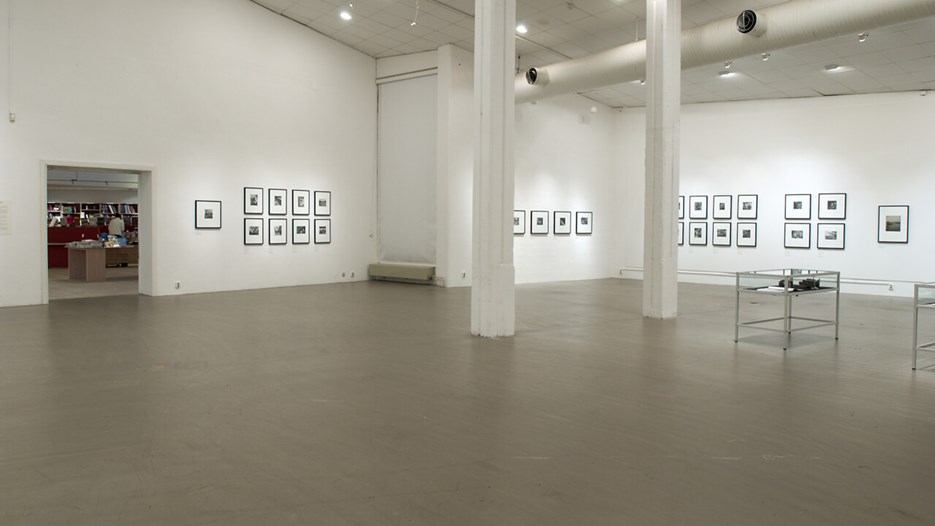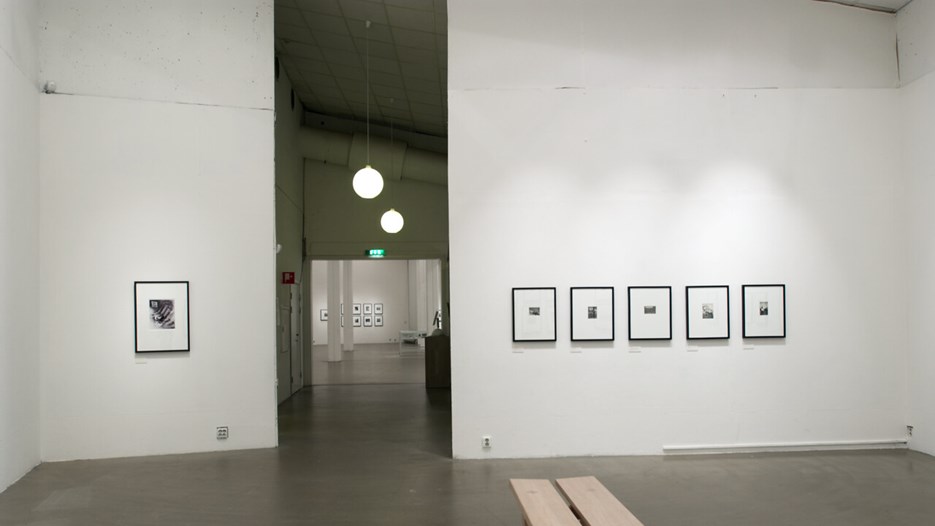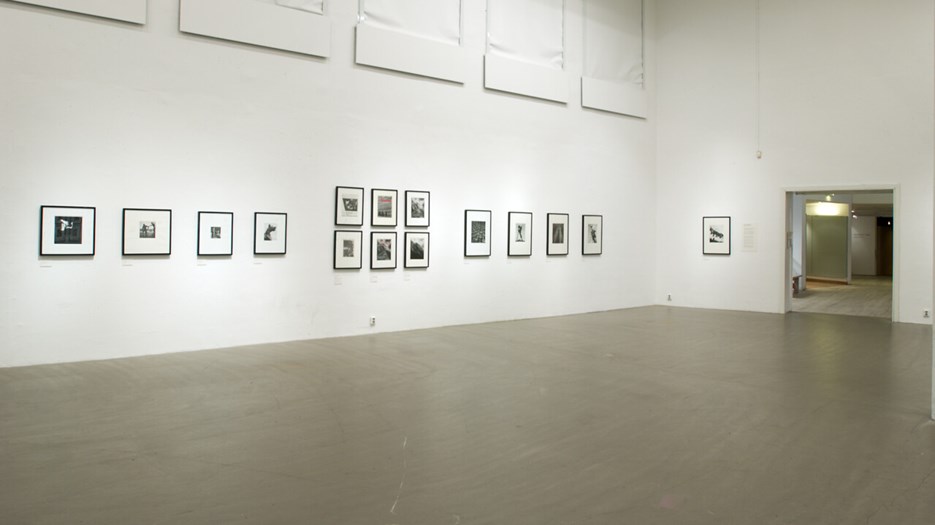
Emil Heilborn / Photography 1922-1948. View from the exhibition at Bildmuseet 2003-2004. Photo: Mikael Lundgren.

Emil Heilborn / Photography 1922-1948. View from the exhibition at Bildmuseet 2003-2004. Photo: Mikael Lundgren.

Emil Heilborn / Photography 1922-1948. View from the exhibition at Bildmuseet 2003-2004. Photo: Mikael Lundgren.
Advertising photographer Emil Heilborn’s images are characterised by a high degree of artistic integrity. His innovative, modernist images attracted early international attention, and today his name is one of the most important in the history of Swedish photography. Bildmuseet displays around a hundred photographs from the period 1922–1948.
Emil Heilborn (1900–2003) was one of Sweden’s leading industrial and advertising photographers of the 1930s. With his straightforward and effective style, taking the New Objectivity art movement as his starting point, Heilborn depicted the technology of the time: machinery, steel, the assembly line, cars, aeroplanes and electricity.
His images feature excitement and drama in both form and composition, often with surprising angles, bold cropping and attention to detail. The tone is one of inter-war optimism and faith in the future. The exhibition includes around 100 photographs, most of which are copies produced by the photographer himself.
Heilborn’s customers included large companies such as Sandvikens Jernverk, Electrolux, LKAB and AGA. He also took advertising images for brands including Barnängen, Falu-Ättika and Läkerol, but he is best known for some of his more free-form photographs, such as The Dog Show(1934) and The Sun Smoker (1938).
During the 1940s, Heilborn increasingly turned to film. He produced work for Swedish industry, documented the construction of Stockholm’s Arlanda Airport over a six-year period, and filmed for the Nordic Museum.
The exhibition has been produced by Bildens Hus in Sundsvall, with Bildmuseet as its first venue in Sweden. It was shown in St Petersburg in spring 2003.
The exhibition is accompanied by a book with a wealth of images and texts by Heilborn himself and Jan-Erik Lundström, Director of Bildmuseet, among others. The book also includes an interview with Heilborn by Hasse Persson from the Hasselblad Center in Gothenburg. The book is published by Bildens Hus.